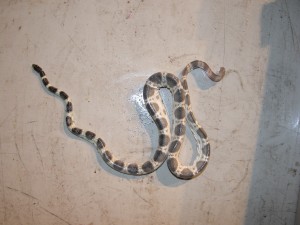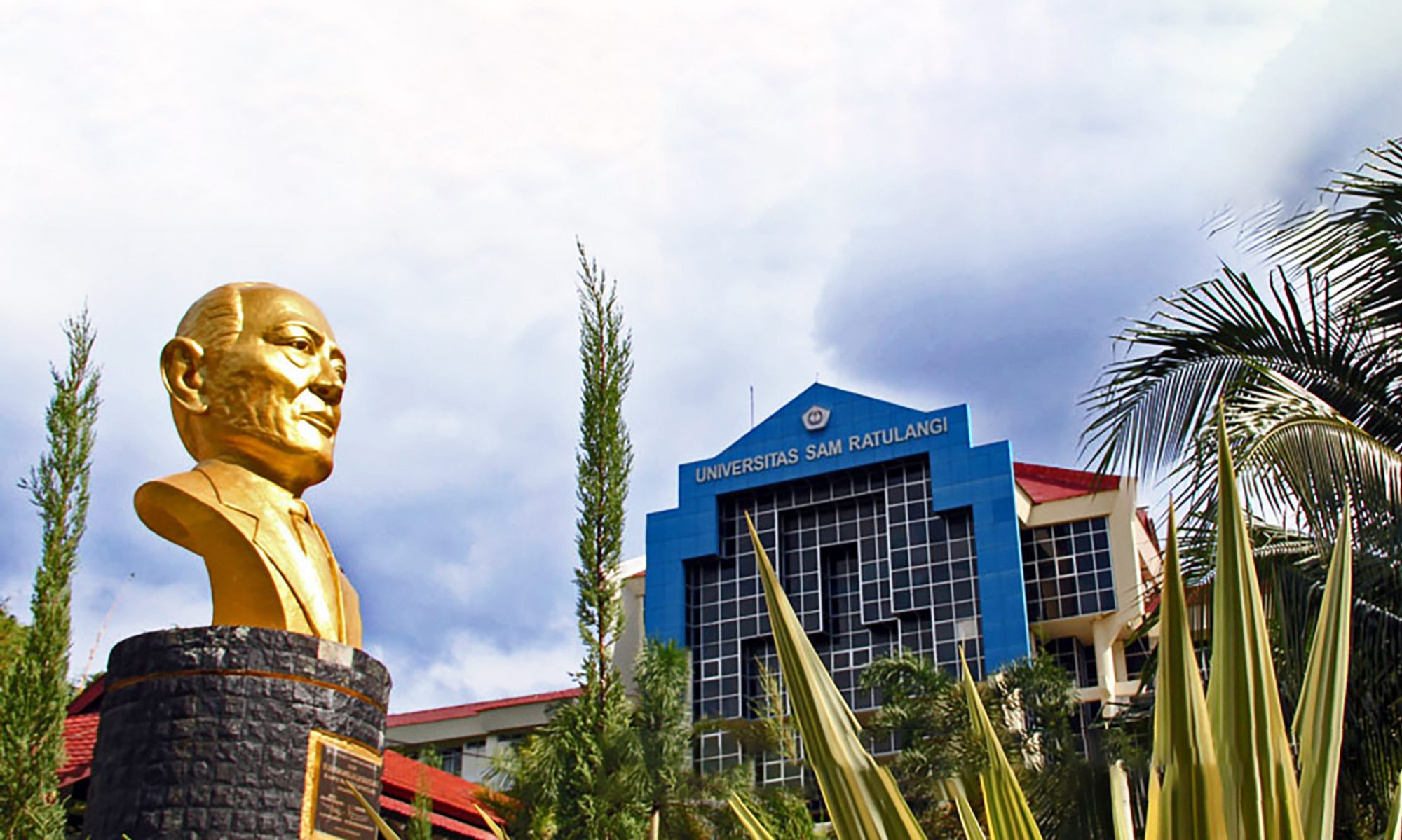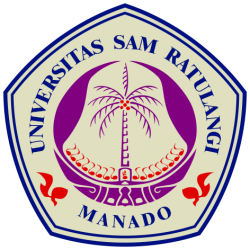“Sea snake of North Sulawesi”
– a field course on Bio-ecology of Tropical Waters –
Date: 17 – 26 July, 2017
Venue: Bunaken isl., Mantahage isl., Unsrat campus
Background
Sea snakes are a diverse group of snakes that have adapted to live in seawater. The snakes can be separated into two independent evolved groups: The Sea Kraits (Laticauda) and the true sea snakes (all the other sea snakes). The last group is separated into two distinct taxa: The Aipysurus group which has 10 species and the Hydrophis group which have approximately 55 species. The sea snakes have adapted to a wide v ariety of habitats from coral reefs to muddy mangrove areas or up rivers in fresh water. They are distributed in subtropical and tropical waters from East coast in Africa in West to the Mexican gulf in East. Nearly all species are restricted to low water less than 200 m deep. A single species is pelagic and is also found far from the coast in the Indian and Pacific Ocean.
ariety of habitats from coral reefs to muddy mangrove areas or up rivers in fresh water. They are distributed in subtropical and tropical waters from East coast in Africa in West to the Mexican gulf in East. Nearly all species are restricted to low water less than 200 m deep. A single species is pelagic and is also found far from the coast in the Indian and Pacific Ocean.
The purpose of the course is to provide participants with detailed knowledge of different aspects of sea snakes. The course will provide an understanding of the biology and of the taxonomy and identification of sea snakes. It consists of a mixture of traditional textbook lectures and examples describing the biology of sea snakes as well as case studies. Demonstrations will illustrate the morphology of the organisms and different techniques used in identification.
Detailed of the course will include following subjects:
- The evolution and taxonomy of sea snakes: We will go through the taxonomic history of sea snakes and look at the evolution of the many species. We will also discuss the species concept used to separate closely related species. DNA and morphological characters used in the phylogeny will also be discussed together with the available identification keys for sea snakes.
- Morphological adaptation to water: Sea snakes represent millions of year’s adaptation to a life in water. The flat tail, oxygen uptake through the skin, salt gland, the retina and many more morphological specializations for life in water will be presented during the course.
- Ecology and feeding: The many sea snake speciesdescribed occupies a wide range of ecological habitats as coral reefs, sand bottoms, muddy bottoms, mangroves, freshwaters (lakes), and river mouths. Sea snake assemblages comprise typical one or two dietary generalists and up to 8-10 specialists including egg-eaters and predators on catfishes, frogfishes, gobies, or crevice-sheltering reef fish as ells. All the habitats occupied by sea snakes will be presented together with the feeding biology of sea snakes.
- Behaviour and venom: Sea snakes belong to some of the most poisons animals in the world and a bite could be very dangerous. The behaviour and the venom will be discussed and how to handle bite using first aid kits will also be presented.
Objectives
There are four main objectives of the course:
- Participants can explain the biology and describe the anatomy of sea snakes;
- Participants can explain how sea snakes have adapted to aquatic environment;
- Participants can use keys for identification of sea snakes;
- Participants can plan and carry out sea snake expeditions.
[Background & Objectives] – [Program & Outcomes]
[Instructor, Participants, Registration Fee] – [Home]
[Committee & Contact]
>>download Flyer

